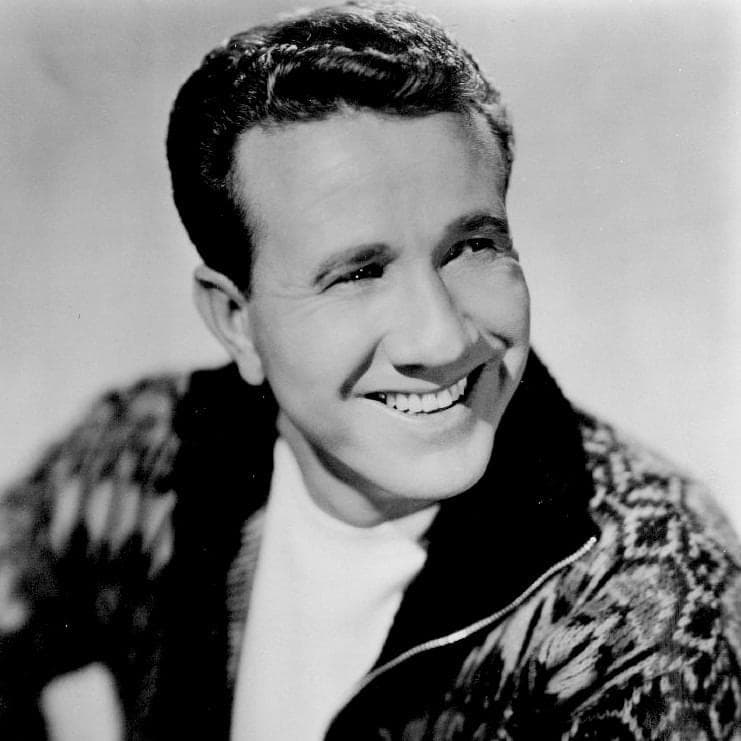
The Unlikely Hero: The Enduring Charm of the Man Who Dared to Defy the Dust in Style
The essence of a true cowboy is not found in the fringe or the grit, but in the courage to tame the wildest beast—whether it be a horse or the scorn of a skeptical crowd.
For those of us who recall the golden age of Western ballads, the name Marty Robbins conjures up vivid, cinematic tales—mini-movies spun in three short minutes. But while classics like “El Paso” and “Big Iron” defined his legend, it is the less-traveled road of a song like “The Cowboy In The Continental Suit” that truly captures the unique blend of tradition and modernity that Robbins himself embodied. Released as a single in May 1964 from the album Saddle Tramp, this memorable track secured a respectable place for the unconventional hero on the charts, peaking at Number 3 on the Billboard Hot Country Singles chart. For a song so firmly rooted in the classic Western narrative, its commercial success showed that listeners were ready for a subtle twist on an old formula.
The Spark of a Modern Western Ballad
The true story behind the song is perhaps as charming as the narrative itself, shining a light on Marty Robbins’s famously dapper style and quick wit. Throughout his career, the Arizona-born artist—a true cowboy at heart—often preferred to perform in tailored, Italian-made three-piece suits rather than the traditional, flashier garb of the ‘Singing Cowboy’ era. In an interview, a reporter, observing this stylish departure from the norm, remarked that he looked like “a cowboy in a continental suit.” Robbins, ever the prolific songwriter, took this throwaway comment and, almost immediately, spun it into gold. The single was quickly penned and released, directly referencing the very outfit that had prompted the comment, creating a delightful piece of meta-commentary on his own persona.
Meaning: Never Judge a Cowboy by His Cover
The song’s meaning is a timeless anthem about defying superficial judgment, wrapped in the familiar tapestry of the rodeo. The scene is set with a crowd gathered to see who can ride “The Brute,” a notoriously mean and untamable cayuse. Into this dusty, rugged arena walks a man entirely out of place: “all dressed up to the brim” in his Continental Suit. The crowd, naturally, snickers at his audacity, dismissing him as a dude, a joke, a man who clearly knows nothing about the brutal, honest work of a cowboy. Their judgment is palpable; their prejudice is immediate.
But this new figure, the man from the Highland Rim, never says a word. He is not there to show off his suit; he is there to ride. For a thousand dollars—a handsome sum in those days, and a sign of the horse’s legendary malice—he climbs aboard. The subsequent verses describe the brutal, bone-jarring ride, but ultimately, the well-dressed stranger succeeds where every weathered, traditionally-attired cowboy has failed. Taming “The Brute” isn’t just a feat of horsemanship; it’s a profound triumph over the rigid expectations of the community. Marty Robbins, with his smooth voice and effortless delivery, tells us that expertise and true grit aren’t defined by what you wear, but by what you do. The cowboy in the expensive suit is, in fact, the better, quieter, and ultimately more effective cowboy.
This track stands as a playful yet pointed counterpoint to the romanticized, dust-covered heroes of previous generations. In the turbulent mid-1960s, a time of social change, Marty Robbins used his craft to remind us all that appearances can be deceiving, and that competence often comes in the most unexpected—and stylish—packages. It’s a nostalgic nod to the Western tradition, while simultaneously ushering in a more open-minded, modern perspective, all tied up in a melody that sticks with you long after the needle lifts.